CHANEL • BLEU DE CHANEL
- June 20, 2018
-
 31,551
31,551
In the world of CHANEL Fragrances, men’s perfumery remains relatively untapped terrain. Some time after its launch, riding on the first episode of a saga that would make advertising history, BLEU DE CHANEL rose to the number one position worldwide. Its precise and singular olfactory structure, combined with an enigmatic campaign that avoids the pitfalls of cliché, paints the portrait of the CHANEL man as never before.
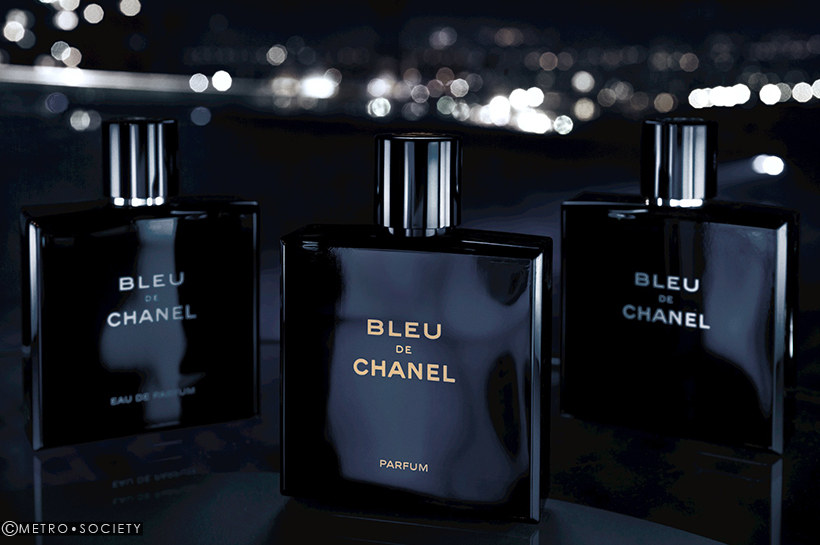
It started with a sentence, an image: a man who could see past the horizon. And then came the idea of taking the storyline in a new direction, away from what is generally used to sell fragrance.
2010
There was only one man to tell this story: Martin Scorsese, the director who has captured masculinity in all its complexity. The subject interested him, and he had an idea for the scenario. The New Yorker had two conditions, however: he wanted to film in his hometown where he had personal projects underway, and he wanted to feel comfortable with the lead role.
After meeting Gaspard Ulliel, he agreed to the job. The young French actor had an impressive filmography, with noteworthy performances in A Very Long Engagement1 and Hannibal Rising2 earning him a promising reputation in the USA where he spoke like a native speaker. He was handsome without being sleek. Intelligent, sure of himself but not overly so. His charisma, physical appearance, elegance, and acting ability all appealed to CHANEL.
It was a done deal. It had been a long time since CHANEL had launched into a big-budget film for a men’s fragrance —not since EGOÏSTE. Scorsese wrote the tortuous story of a man trapped in his life and shot the scenes bathed in blue hues. The film moves at a syncopated pace, interjected with flashbacks and stroboscopic lighting effects. Shut in a conference room, the character is racked by visions of women from the past or present. “Would you like her to rephrase the question?” asks the conference organizer.
In the crowd, the face of a woman —the one from his memories, the one who asked the question?— triggers a realization. Agitated, troubled, our hero answers, “I’m not going to be the person I’m expected to be anymore.” As the partitions come crashing down, he leaves the scene in search of new horizons.

The director later confided that he was inspired by De Niro back in his early Mean Streets3 days, when the actor ditched him during a press conference. An obsessive film-maker, Scorsese approached the commercial like a short feature, introducing his own cinematographic references in the images of Gaspard Ulliel filming the young woman with a 16mm camera.
The narrative embraces the meanderings of “Scorsesian” thought. The end of the film leaves us questioning, debating the meaning of the story. BLEU DE CHANEL makes a strong impact and its high-energy music (the classic Stones track She Said Yeah, another Scorsese signature) remains stuck in your head.
2014
Four years after the release of the first BLEU DE CHANEL episode, Gaspard Ulliel was now basking in the critical and commercial success of Saint Laurent4 by Bertrand Bonello. So who would be the one to man the camera this time?
The name James Gray emerged as the obvious choice. The director of We Own the Night5 cultivated the same obsessions, male heroes who are both dark and luminous, and a highly personal signature. Gray admired Scorsese; the challenge, even for a promotional film, excited him. He also wrote his own scenario, and set it in the same American, urban, masculine vein. But this time in Los Angeles.
One man, two women, plunged into the blue-toned darkness to the sound of Jimmy Hendrix’s guitar in All Along The Watchtower. The snap of a clapperboard indicates it’s a scene from a movie. The actor steps out of his role, and speeds away from the paparazzi behind the wheel of his car. He enters a Hitchcockian building that seems to expand and swell as he runs through it until he reaches the ocean. The camera pans in on the gaze of a man who has finally found himself.

This existential film ends with these words: “You are forever becoming who you are.” “I wanted to raise the issue of this craziness inherent to the film world,” the director explained. “Within which we lead both a comfortable and an uncomfortable life. In a sense, that is almost a kind of vertigo that comes with the ridiculous and the overflow of attention.”
2018
BLEU DE CHANEL has become a film subject in its own right and Gaspard Ulliel, a great star of French cinema. He confirmed his talent in It’s Only the End of the World6, for which he received the César award for Best Actor in 2016. This year, he stars in Eva7, the latest film by Benoît Jacquot, 9 Fingers8 by F.-J. Ossang, Les Confins du monde9 by Guillaume Nicloux and Un Peuple et son roi10 by Pierre Schoeller.


For CHANEL, he steps before the camera of Steve McQueen. Scorsese, Gray, McQueen —an impressive billing that provides a snapshot of contemporary Anglophone film-making. The British director of Hunger11, Shame12, Twelve Years a Slave13, and the forthcoming Widows14 also explores the questionings of men.
He brings us a new scenario, a new excerpt in the life of our hero. But it’s still the same story of a man who gains awareness of the way the world sees him. Gaspard Ulliel has passed the age of thirty, passed the age of breaking down walls —when you know yourself better, you follow your path with economy of means. He has shorter hair, a more civilized attitude, but also a harder, more determined personality.
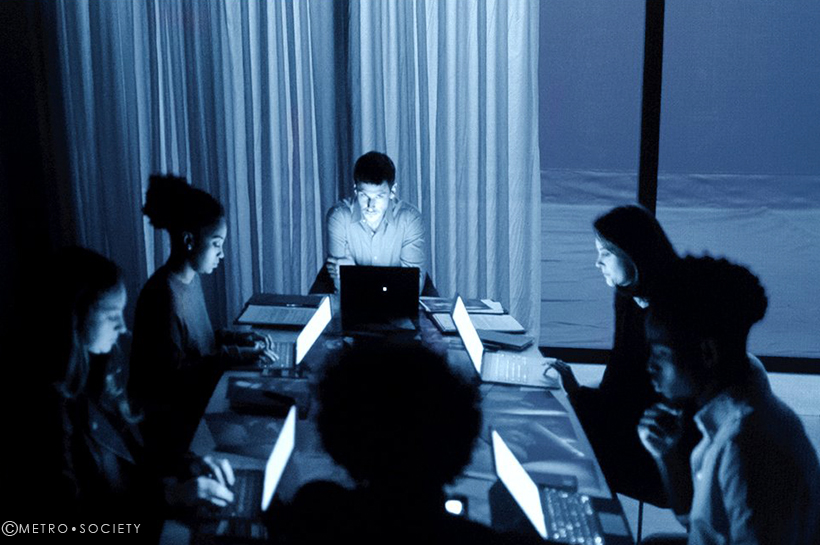




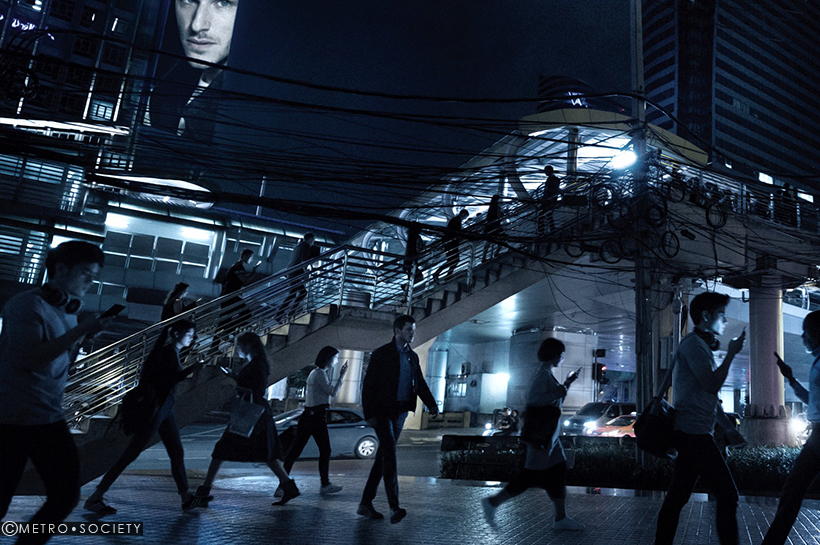

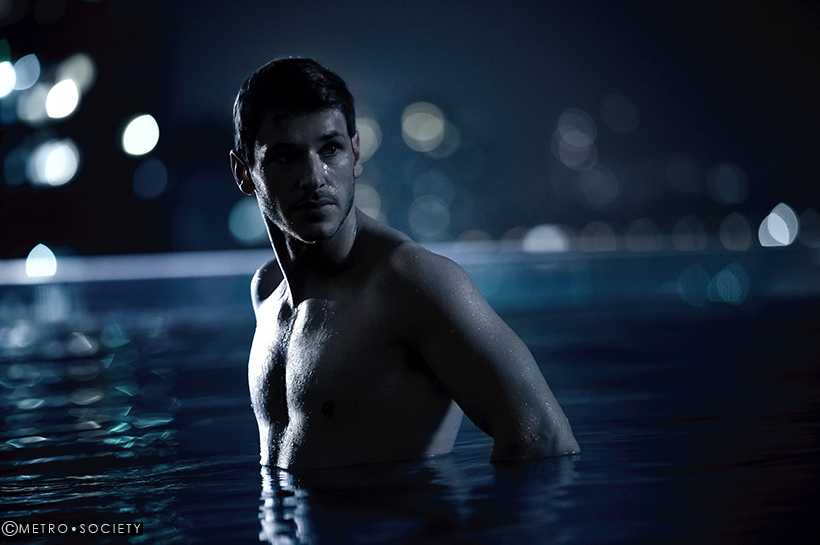
Now world-renowned, he sits in a soulless office, surrounded by a team of publicists who manage his career. He steps away, and through the windows overlooking a glass building, he catches the eye of a woman. He leaves the premises, drives across the city, flashing by billboards of his face and the crowds, until he reaches an apartment —is it his? He is haunted by the woman’s image. He dives down into his rooftop pool to the dream at the bottom of the water before coming back up to reality. This scene was important to McQueen, who filmed it like the sensorial experience of a rebirth. The film ends with a shooting star across the sky and the voice of Bowie, “There’s a starman waiting in the sky.”



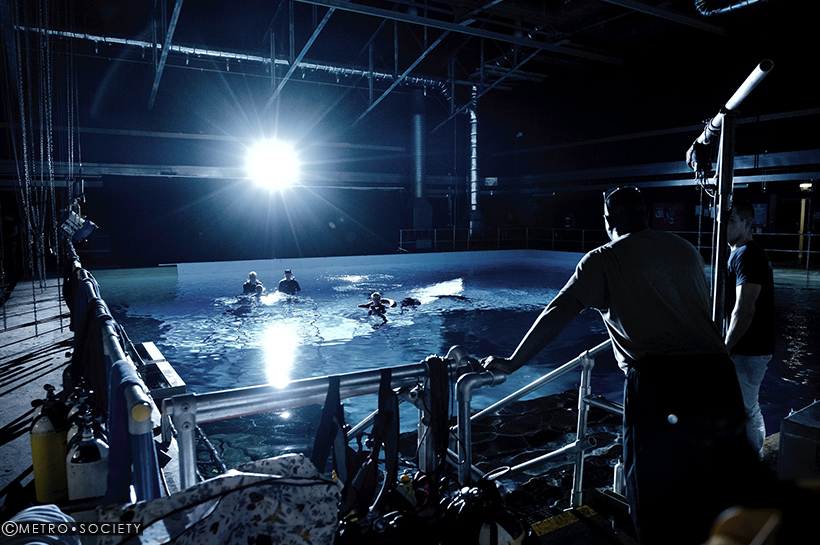

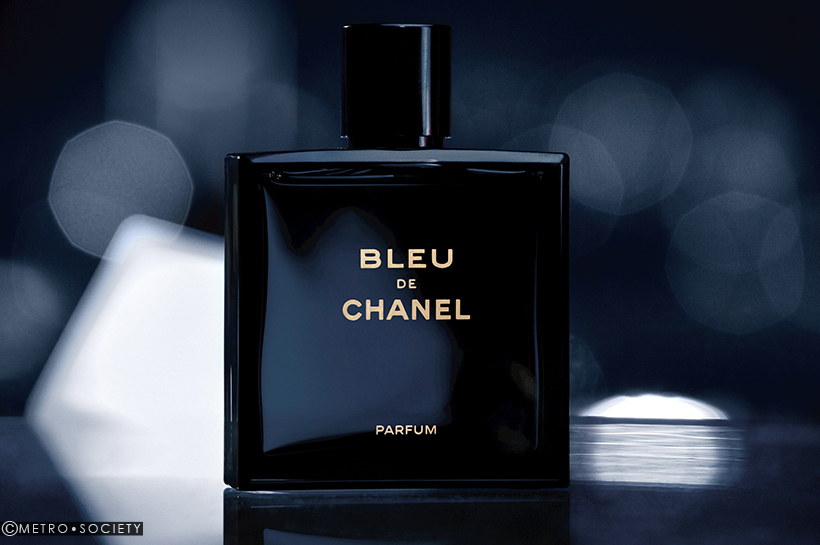
1 Film directed by Jean-Pierre Jeunet, 2004
2 Film directed by Peter Webber et Pietro Scalia, 2007
3 Film directed by Martin Scorsese, 1973
4 Film directed by Bertrand Bonello, 2014
5 Film directed by James Gray, 2007
6 Film directed by Xavier Dolan, 2016
7 Film directed by Benoît Jacquot, 2017
8 Film directed by Frédéric-Jacques Ossang, 2017
9 Film directed by Guillaume Nicloux, 2017
10 Film directed by Pierre Schoeller, 2017
11 Film directed by Steve McQueen, 2008
12 Film directed by Steve McQueen, 2011
13 Film directed by Steve McQueen, 2013
14 Film directed by Steve McQueen, 2018



















